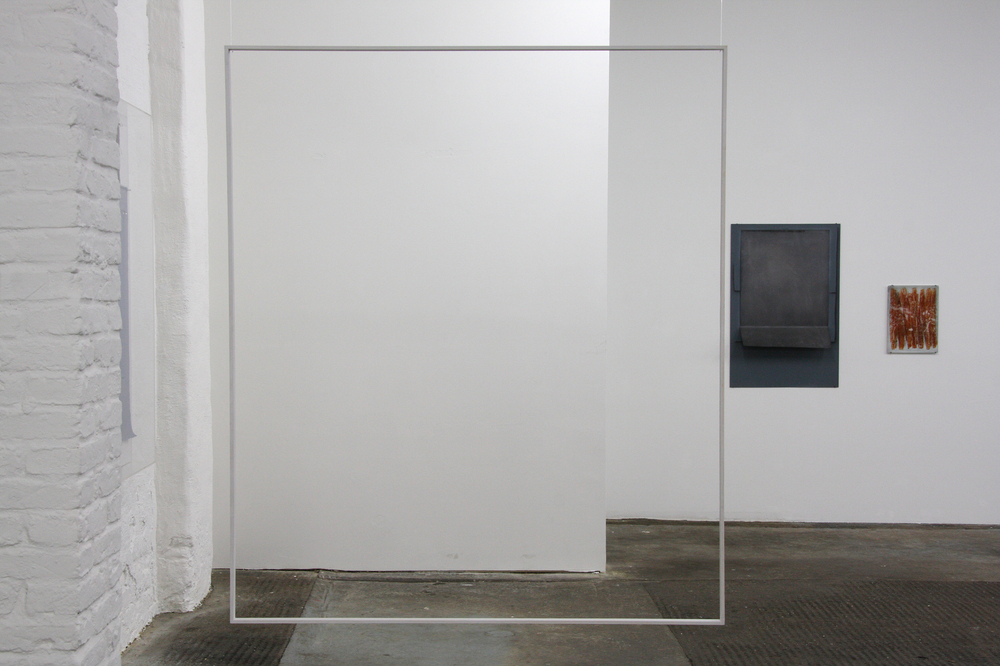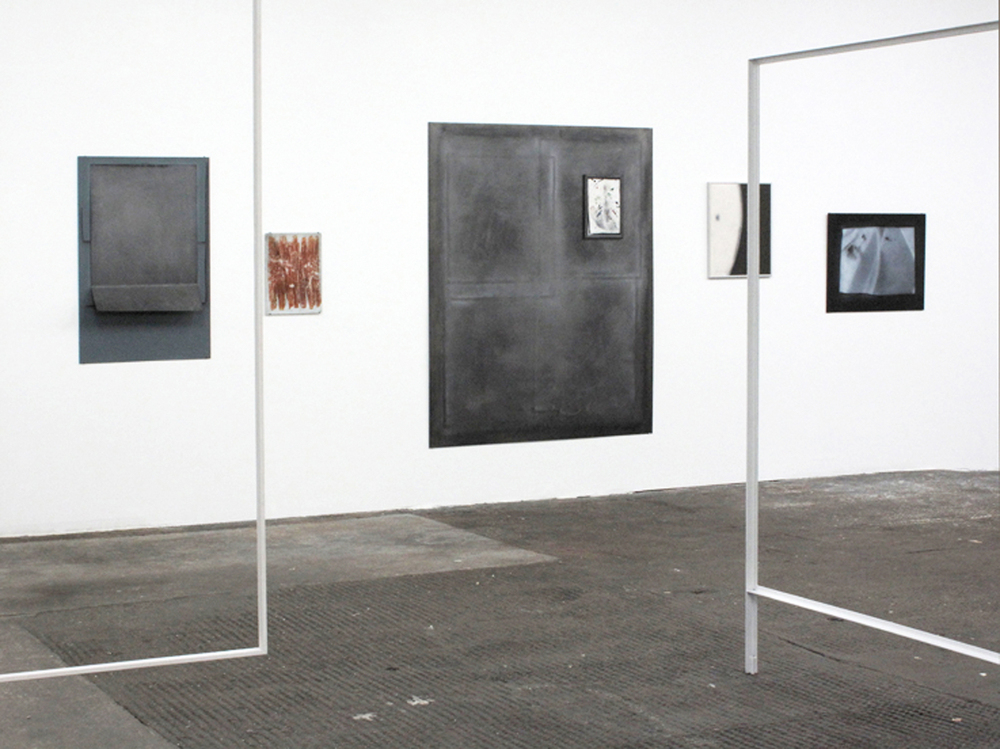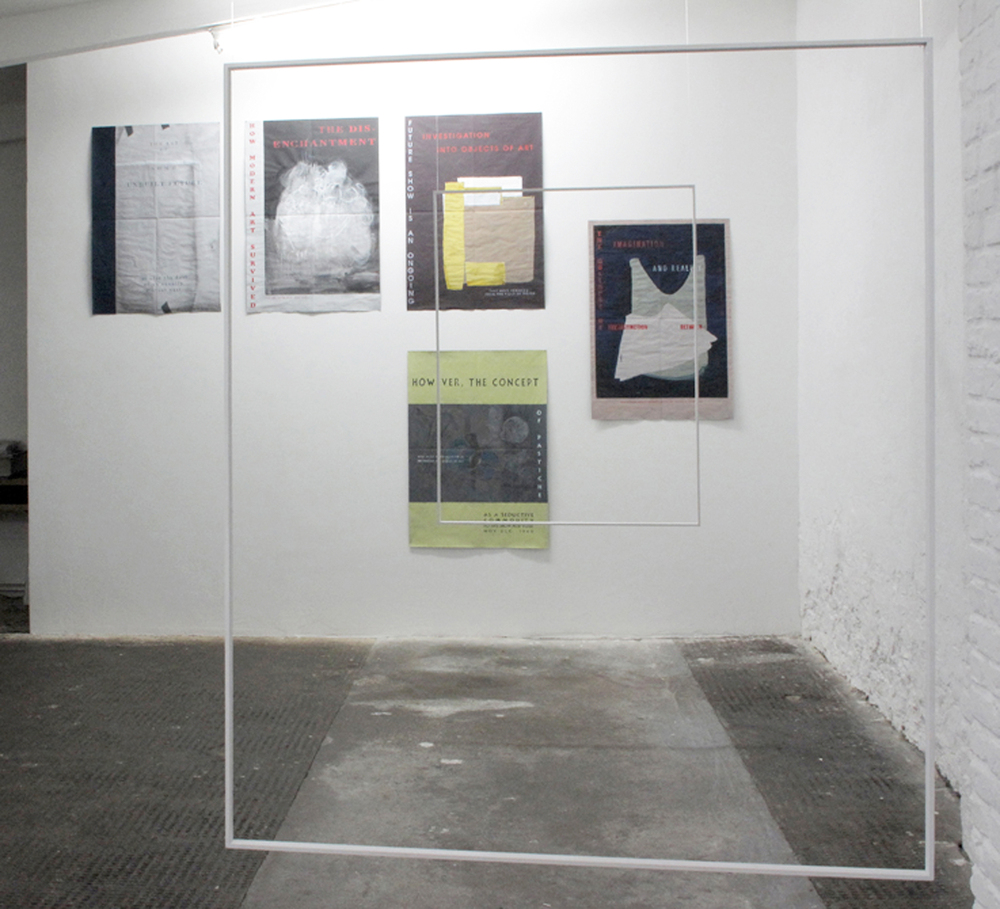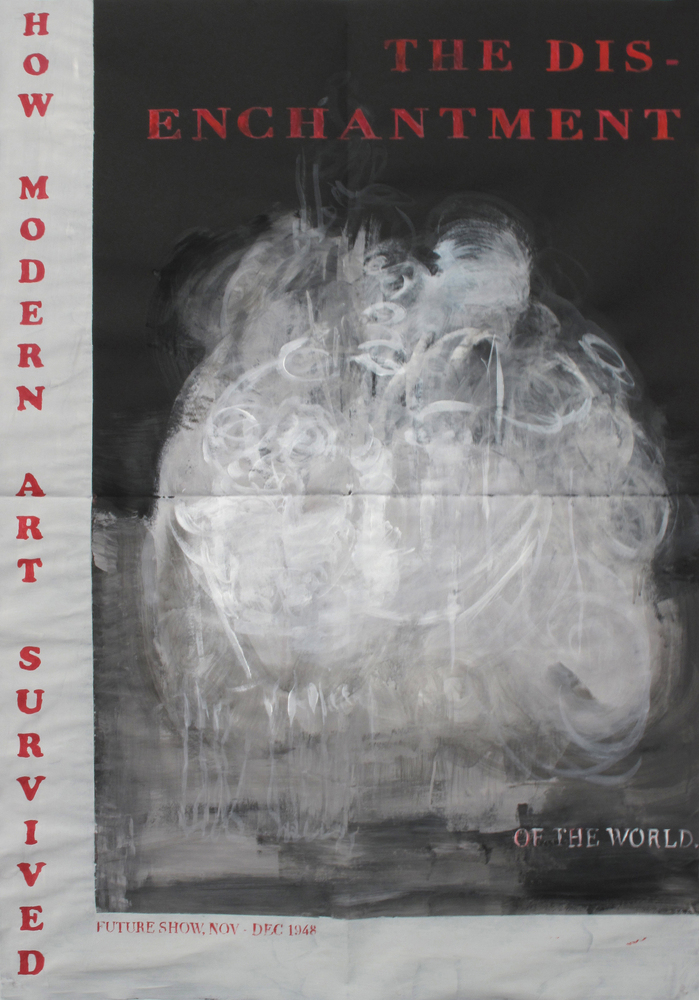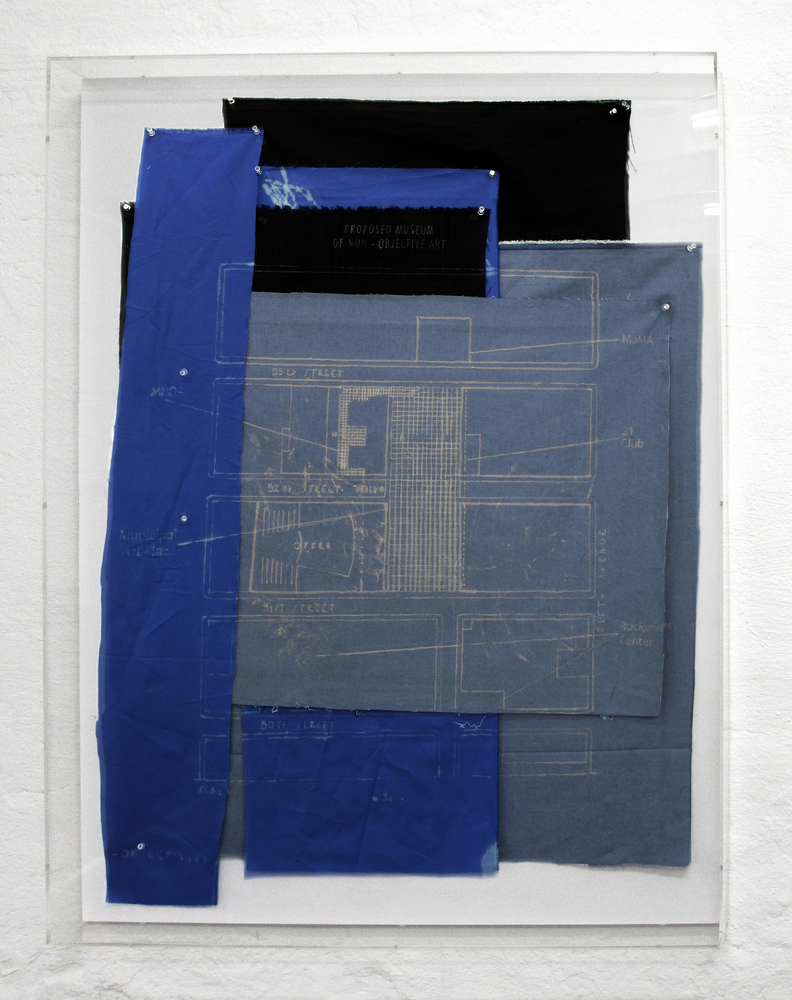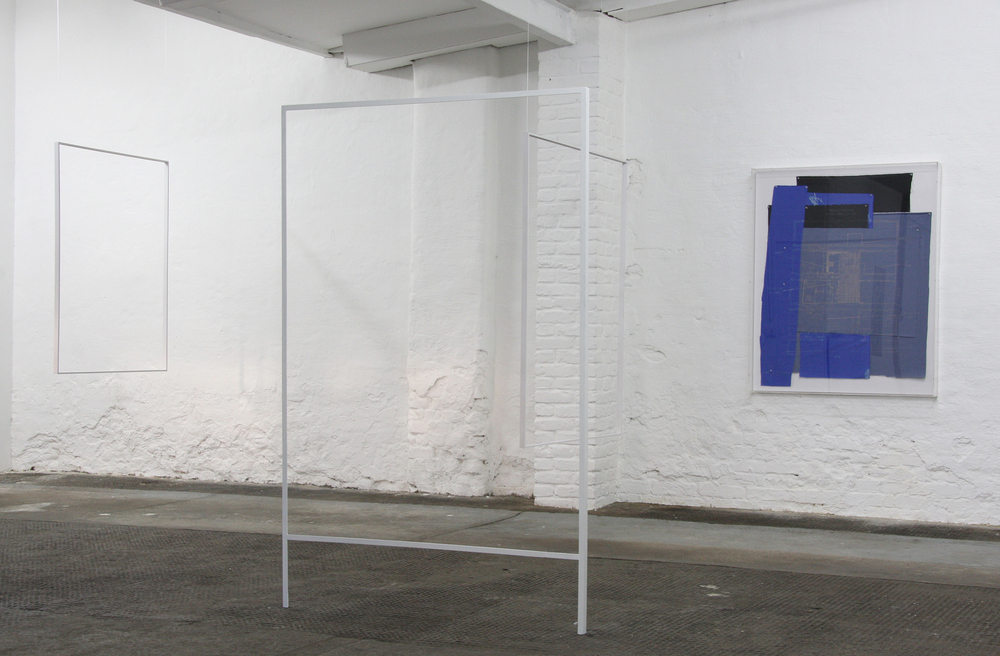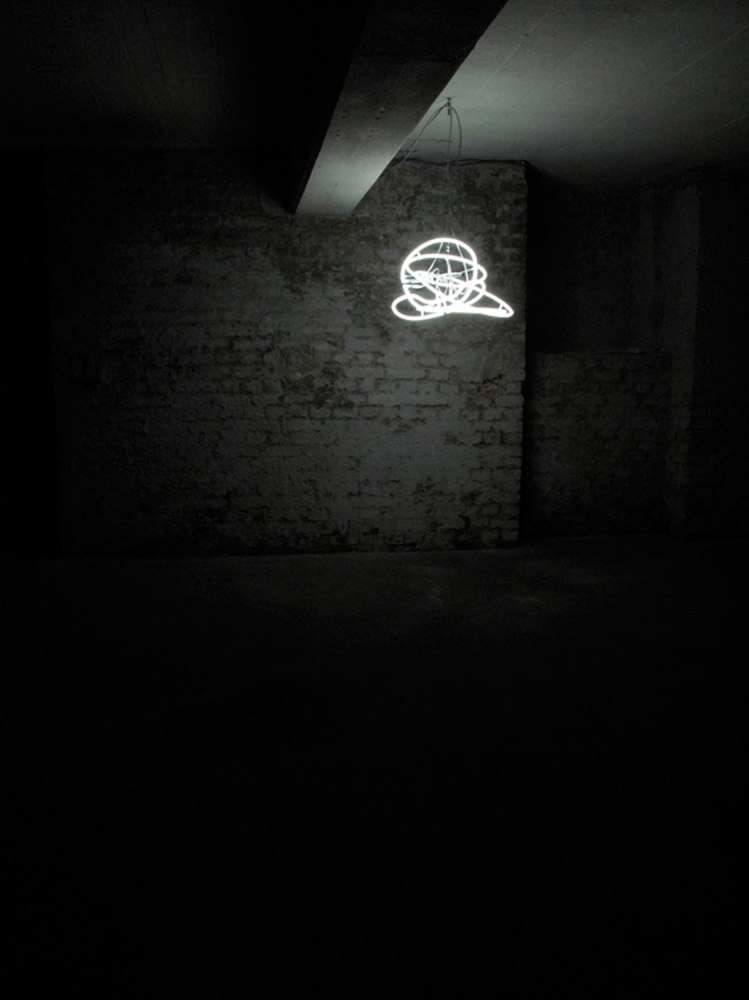Alexandra Hopf
-
Projects and Exhibitions
- NEW WEBSITE ! www.alexandrahopf.net
- Being Renée Sintenis
- A Bear´s Laundry
- Musée des Chemises
- Images in Fashion – Clothing in Art
- The Peasants II (after Malevich)
- Becoming Siren
- Spell Around the Corner
- Die Bauern /The Peasants (1927)
-
Future Show
- Reflection and Empathy
- Maison Tatline
- Tigersprung Herbst/Winter
- Bespoke Pirate
- Giacometti in the Desert
- A Private Collection
- Utopie Passion
- The Folds of the Revolution
- The Night
- Les Maîtres Fous
- About
- Works
- Publications
- Texts
- News
- CV
- Contact
Future Show
FUTURE SHOW is the reconstruction of an exhibition of the same name in the year 1948 in New York, whose exhibits are no longer available in the original.
continue reading
Future Show, 2010, Cruise & Callas, Berlin
watch video: https://vimeo.com/73523825
A Future Show is the reconstruction of a fictitious exhibition of the same name in New York in 1948 whose exhibits are no longer available in the original. In the installation comprising video, paintings and objects, Alexandra Hopf creates several nested planes of perception in which fragments from the theory and philosophy of perception, from psychoanalysis, design, fi lm, theatre and exhibition history are refl ected. The paradoxical title puts the idea of contemporaneity into question: by citing an exhibition in an exhibition, historical representation and present perception, fiction and documentation merge. An intermeshing of planes appears already in the poster drafts forming the entry to the exhibition. Like exhibition posters, they contain text elements that are set over the image elements; they cannot, however, be read in a linear fashion but, similar to compositions from surrealism, themselves become components of the image. If viewers follow the assemblage of parts of sentences through the various axes of the image, they can decipher contents that appear to comment upon the compositions and deal with fundamental questions when composing and analyzing the image.
The other exhibits in this museum-like arrangement have a similar referential character: the (originally reflecting) subjectile is always glass on which the overpainting dissembles physical effects of another kind — impressions, spots, folds and bends — and imitates various materials. The fragile subjectile as such can only be still detected when it breaks and thus unmasks the basic brittleness of this projective surface.
This deceptive manoeuvre, however, is not exhausted on the material plane: the paintings recall abstract works from various periods of the 20th century, and they have the effect, with their trace-like surfaces, of sudaria of modernity. The minimalist means mislead viewers to associative locations in recent art history, but only serve to make the asynchronous time, the simultaneity of non-simultaneity, metaphorically perceptible. What viewers think they see resides, from their perspective, in the past of post-modern art history and was still not at all foreseeable at the fictitious point of time when these reconstructed ‚lost objects‘ were made. On closer inspection, one can see details from one painting in another and further formal citations among the paintings themselves. In this way, a network of references arises in which the individual work functions like a representative which could be replaced by another painting, and in which the works reciprocally analyze and reflect one another.
These metaplanes of perception also call to mind small parergal constructions placed in the spaces between the paintings and, suspended from the ceiling, repeatedly make other connections and references when viewing. As if through these parerga, viewers are additionally referred to the staging of the gaze in a museum-like context by the video Future Show that documents the fi ctitious exhibition from 1948. The entire complex setting at Cruise & Callas thus investigates the layers of reception as well as the subjectivity and ambivalence of the act of seeing. The gaze, which is never free of one‘s own desire, is simultaneously appropriation, but must repeatedly loosen its grip, can never hold onto what it has grasped and, in addition, transforms what has been seen in each case into something subjectivity perceived. The individual‘s gaze eliminates the object, replaces it. The individual‘s illusion and projection, fed by the unconscious, generates its own, new images that make the existing images at hand disappear. In order to reach literally into these deeper layers where the world of images emerges, viewers have to climb down to the basement. The only source of light in the darkness there is the neon-glass object Trouvaille consisting of five rings.
The work is named after a concept from the theory of the psychoanalyst, Jacques Lacan: a neon-glass object consisting of five rings. Each ring of the knotty formation is connected to another. The three-dimensional object with various views according to the viewing angle is based on a drawing, a variation of the Borromean knot with which Lacan illustrates the connection between three inner-psychic planes. Its midpoint, according to Sigmund Freud, designates also precisely „the place which, even in the best interpreted dream, often has to be left in the dark because one notices during the interpretation that there a knot of dream-thoughts arises that does not want to be untangled“. Similarly, Trouvaille stands for the futility of the attempt to hold onto an image in itself and to interpret its content fully. If you walk around the illuminated glass object, it seems impossible to assume the ‚right‘ perspective to unravel the intricate construction.
1 Freud, Sigmund Die Traumdeutung
Text: Birgit Laskowski
